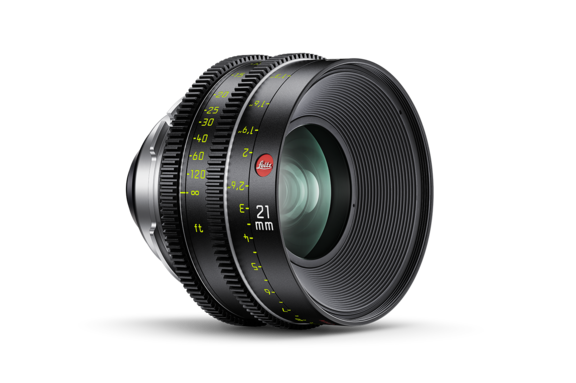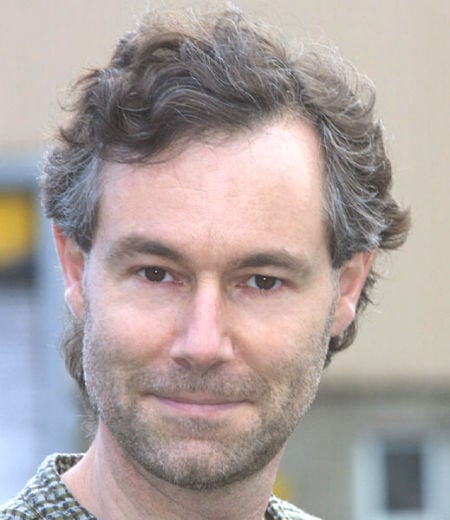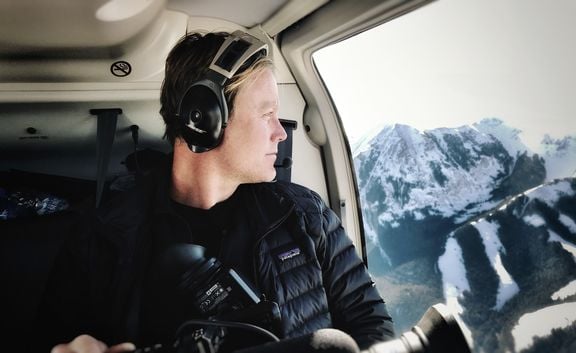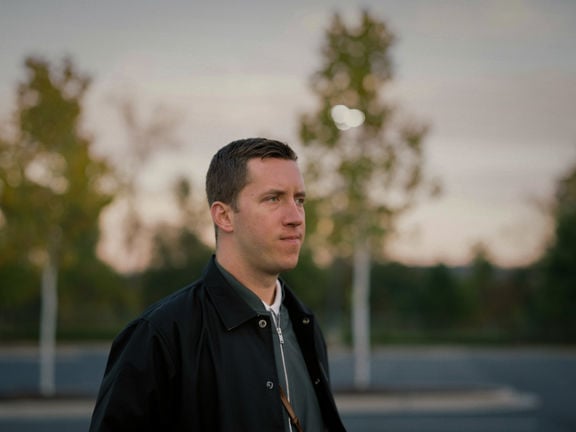BANGER, FAMILY STORIES
Banger (2025)
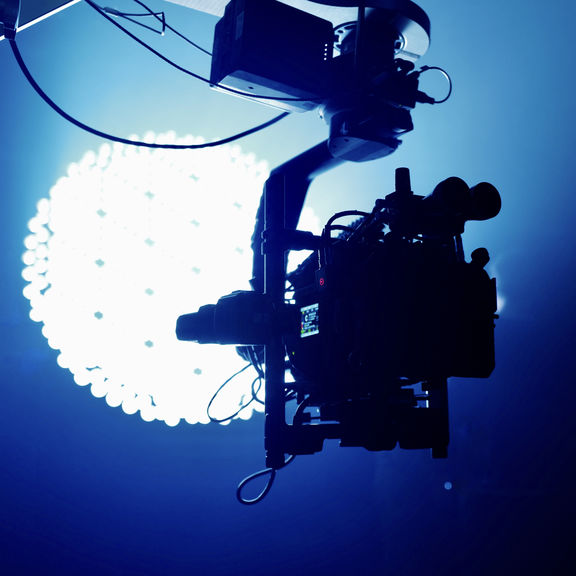
When the big family of cinema meets the small but much younger and more explosive family of electro music, the result is Banger, a film that explodes like a firecracker in a night of partying that never ends.
Bertrand de Langeron, aka SO ME, is the film's director, writer and embodiment, having been artistic director of the Ed Banger label founded in 2003. A label that has made the French Touch sound known the world over with such success that the word ‘banger’ has become (almost) common parlance to describe something remarkable, crazy and kick-ass.
There's a particular ambition and stakes in this film, which tells the story of Scorpex, a DJ in decline, played by Vincent Cassel, who is recruited by a DGSI agent, Laura Felpin, to bring down his rival Vestax, played by Mister V.
All the ingredients for comedy, even satire, are there, yet at the outset the script is so masked that some take it at face value and believe it to be a graphic but faithful depiction of the electro music scene, which the director knows well.
To further muddy the waters, Bertrand de Langeron and his cinematographer Mathieu Plainfossé presented Netflix with precise and ambitious aesthetic intentions, so that the viewer would be ‘carried away by the beauty of the image’, an approach that is common in American productions but still rare in France.
To achieve this, they proposed lighting with a bright, strong backlighting and saturated, warm colors, and a frame that mixes still shots with highly sophisticated moving, as in the films of the Coen brothers.
Actor Vincent Cassel brings along his long-time accomplice, Steadicam opeartor Éric Catelan, who is used to big productions and is a master of movement. He returned to France after 10 years in Brazil and the USA and only joined the team during the second week of shooting, without having seen any sets or had any cuts. On this film, he met up again with Mathieu Plainfossé, who had been his trainee 20 years earlier and who brought him into the project.

Éric Catelan films either with a Steadicam or with a camera mounted on a dolly using an ARRI gearhead, a system that requires skill and experience, but which follows the characters with unparalleled fluidity and precision.
Cinematographer Mathieu Plainfossé decided to shoot the film with the ARRI Alexa 35 camera in Super 35 and 2.40 format. After comparative tests he chose the Leitz HUGO lenses: small, light lenses renowned for their brilliance and character.
The short focal lengths of 24mm and 28mm were favored to show the set in the background even when the actor was in close-up. This meant that the cinematographer, Mathieu Plainfossé, had to light a much larger field than if he were shooting at long focal length and with a T2.8 aperture to achieve depth of field.
This setup gave director Bertrand de Langeron great latitude of movement, and he chose a shooting method that allowed the actors to gradually enter their characters. While lead actor Vincent Cassel has good technical knowledge and an uncanny ability to listen to his partners, the other actors, such as Laura Felpin, Mister V, Paul Mirabel and Panayotis Pascot, are artists who are used to working alone on stage.
In the mornings they did a thorough reading of the script together, and only then did the director prepare the set and run through several rehearsals before shooting. The team, impressed by his culture, his ability to grasp fashions and his sense of image, adapted to this unusual way of working, believing that Bertrand de Langeron’s first feature film “deserves to succeed.”

The film's most important setting is the majestic Pavillon Baltard in Nogent, transformed into a stage for an extravagant fashion show. An immense golden sun is installed, a reference to a major work by the contemporary Icelandic artist Oliafur Eliasson, The Weather Project, a work which, flooding the spectators with light, provokes a feeling of infinity.
After a great deal of thought and study, Mathieu Plainfossé and his gaffer Guillaume Lemerle decided to place a 24kW Fresnel lens at the end of a light structure in the shape of a black tube 6 meters long and 5 meters in diameter, with a diffusion cloth at the end to create a perfectly even circle of light. The golden color was obtained by dimming the projector and adding an Amber gelatin.
This ‘infinite sun’ thus became a key element of the set and a source of light that could illuminate it completely, the opposite side of the stage being lit by 150 lamps linked to a computer - pixel mapping - to create light patterns that will serve as a luminous backdrop for the fashion show.
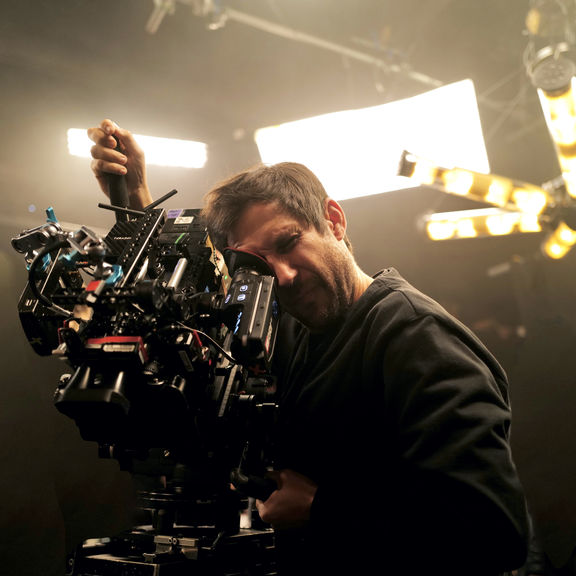
The film's other key scene takes place at the Gaîté Lyrique theatre in Paris, where DJ Scorpex - played by Vincent Cassel - gives a concert in front of 400 overexcited extras.
Mathieu Plainfossé opted for a full frame RED V-Raptor [X] camera to create an immersive view of the electro parties, and for this venue alone, where the camera had to squeeze in everywhere. This gave the film a different aesthetic from the rest, with very little depth of field.
He kept the HUGO lenses, in particular the 50mm-N opened to T1.0, which gave the first camera assistant, Anaïs Andreassian, a moment of pride but also a cold sweat because the depth of field was so tiny!
During the preparation for the film, she shot tests with the director at an electro party lit with flashes and lasers, only to discover that it was preferable to use the V-Raptor [X] camera with a global shutter to avoid white streaks of light on the image.
At the Gaîté Lyrique, Mathieu Plainfossé imagined a spectacular tracking shot in which the camera would start out at the ceiling, move diagonally over the stage, then descending vertically into the pit to be picked up by hand by the cameraman to follow Vincent Cassel through the crowd.
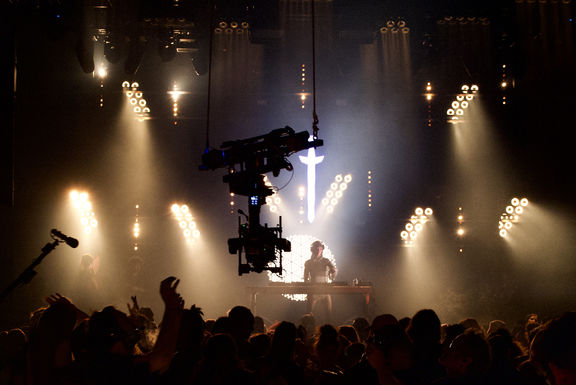
Key grip Jan Gagnaire threw himself into the adventure. He decided to mount the dolly on the floor of a double ceiling, which would then be fixed upside down to the real ceiling of the Gaîté Lyrique, hoisted up using electric hoists and the camera operated by remote control. A double system of electromagnets secured the camera to the dolly on the ceiling and then to the pulley which, using two cables, allowed it to descend to the ground until the cameraman picked it up.
But on D-day the pressure was enormous. The day was very busy with 400 extras waiting in the pit, and despite conclusive tests the evening before, the cameraman suggested another simpler and faster version. ‘The most important thing is common sense,’ says key grip Jan Gagnaire, who accepted the idea.
For this set, cinematographer Mathieu Plainfossé called on one of the best technical directors in Paris - Théo Gazeau - whom he had met a few months earlier at the Thierry Mügler fashion show, where he had designed the lighting. To him he added the elite of light designers, Vincent Lerisson, better known as Lewis, who usually lights Justice concerts. He is the creative heir to DJ Medhi, with whom director Bertrand de Langeron founded the Ed Banger label.
Operating in the shadows, behind his desk placed at the very back of the auditorium, Lewis is like a replica of the DJ opposite him - Scorpex alias Vincent Cassel - who brings out the sound while he, like a Deus ex machina, brings out the light. Total trust was established with the cinematographer Mathieu Plainfossé and his gaffer Guillaume Lemerle. A mutual fascination between two worlds.
And perhaps Bertrand de Langeron's amused but realistic observation of the electro music scene in his film Banger will now be applied to the wider film family he was able to observe during the shoot, and will perhaps be the subject of a future film.
Written by Ariane Damain Vergallo
Edited by Seth Emmons
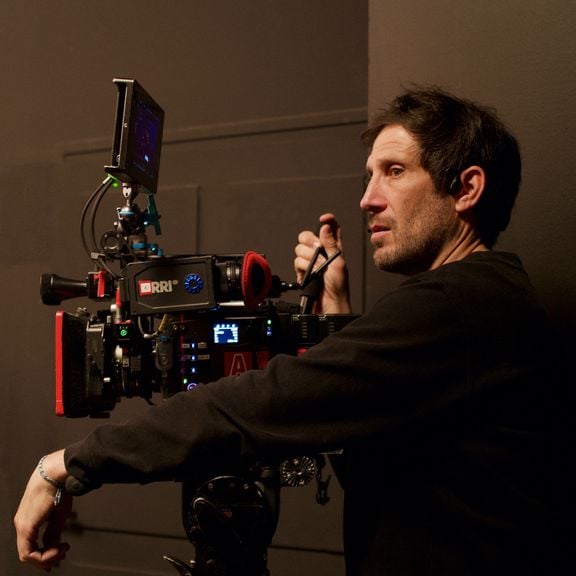
Overview
DoP Mathieu Plainfossé
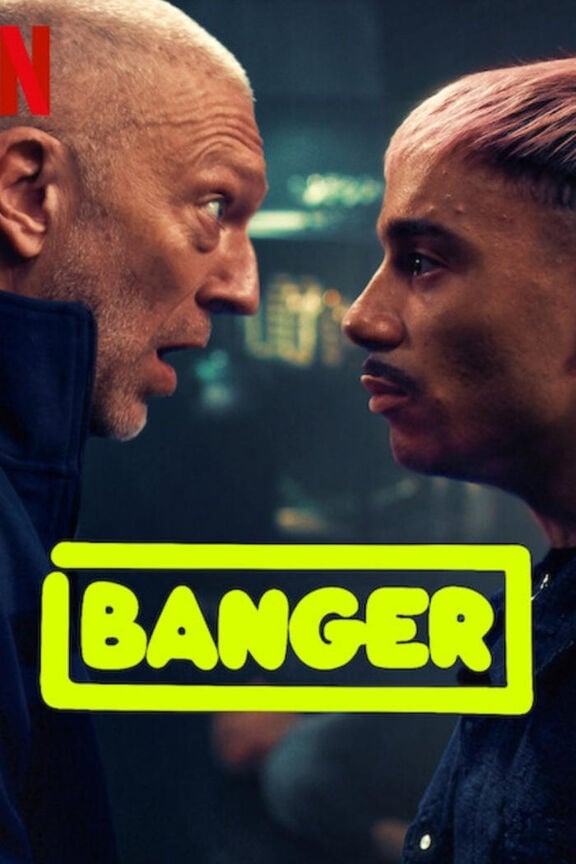
Banger
2025 | movie
DoP Mathieu Plainfossé
Director So-Me
Leitz lens HUGO
Camera ARRI Alexa 35
Distribution Netflix
Country France
Lens used
HUGO
Legacy
